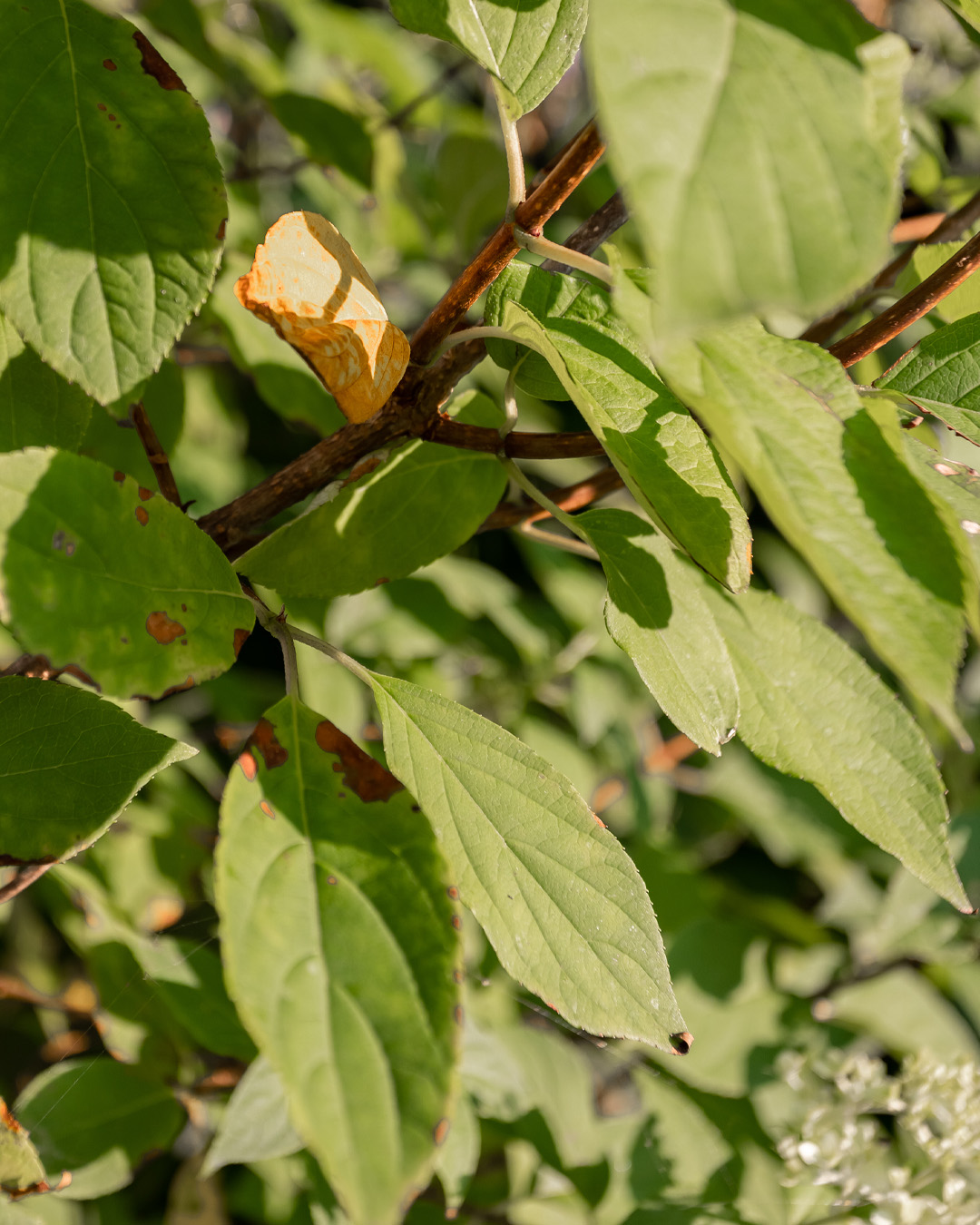Hydrangea Leaves Turning Yellow for Beginners
Table of ContentsThe Ultimate Guide To Hydrangea Leaves Turning YellowFascination About Hydrangea Leaves Turning YellowThe smart Trick of Hydrangea Leaves Turning Yellow That Nobody is DiscussingHydrangea Leaves Turning Yellow - TruthsHow Hydrangea Leaves Turning Yellow can Save You Time, Stress, and Money.
As you seen in the section over this can be triggered by underwatering. Overwatering can likewise create dehydration, as counterintuitive and odd as that might appear. Overwatering can choke off oxygen to the roots, which your houseplant requires to make it through. The wet water-soaked soil will additionally mean plant origins will begin to pass away as root rot takes hold.Thus the plant ends up being dried despite the fact that it is being in an abundance of water. Rotting origins will turn slick and black with a mushy appearance and a decomposing scent. The fallen leaves of your hydrangea might fall off, and the ones that are still connected will certainly be yellowed or brownish and be mushy at the stem.

Without your treatment, those leaves will swiftly turn brownish, after that black as they shed. Where you place your hydrangea matters a lot if you want your plants to keep its complete depth of shade and have appealingly eco-friendly leaves. SIf your hydrangea is an interior plant in your home then you will likely have an option of 4 home window directions: north, south, east, and west.
Unknown Facts About Hydrangea Leaves Turning Yellow
Hydrangea obtaining excellent light, Direct sunshine for hydrangeas is ideal in the morning. As soon as the mid-day sun enhances, the straight light is also scorching, so provide indirect light to partial color. Spotted shade is another alternative. Permit me to clarify a few of these "light" terms. Direct light is the kind of light a plant obtains when it sits straight in the sunlight.
Dappled color implies your hydrangeas have overhead cover, such as a bigger tree or plant. The sun comes through straight, but the cover of the bigger plant permits the sunshine in just intermittently via the openings in the branches or leaves. Hydrangeas can expand in straight sunlight as long as they are well sprinkled a watered usually.
Photosynthesis, as most of us understand, is vital for plant survival, so chlorosis requirements to be treated rapidly. Hydrangea Leaves Turning Yellow. While chlorosis can be brought on by various other nutrient shortages, it is most generally an iron deficiency. In the adhering to section you will certainly discover just how to identify whether your plant has an iron deficiency or another thing
First shows up on the older leaves, yet the leaf veins continue to be eco-friendly. While there is generally adequate iron in natural soil, hydrangeas typically struggle to take in sufficient of it.
Some Ideas on Hydrangea Leaves Turning Yellow You Should Know
The most effective way to protect against iron deficiency-chlorosis in hydrangeas is to grow them in appropriate ericaceous or acidic soil. When planting in a bed, mix in some peat or reduced-peat ericaceous garden compost and inspect the p, H value annually. This is needed since the garden compost blend around the plants will certainly affect the p, H value of the dirt in the lengthy run and the p, H worth might increase once more.
It is only made use of on a business range, where a long term iron shortage would certainly indicate substantial return losses. The special fertilizers for this are commonly expensive and require to be applied in extremely precise doses to prevent damage to the leaves. Foliar fertilisation is just efficient for a brief period and must be applied regularly or supplemented by typical iron fertilisation.
Input your search keywords and press Go into.
We're ideal in the center of our late-blooming hydrangea period below, so I thought I 'd share a pointer for this specific kind of hydrangea that I located truly intriguing. A great deal of people have a similar issue with their panicle hydrangeas where they begin to see the go to the website leaves turning yellow and handing over at different components of the season and it can be pretty remarkable and pretty worrying since it can happen truly rapidly on a hedge that looks like it's or else truly healthy and balanced.
Some Ideas on Hydrangea Leaves Turning Yellow You Should Know
I have actually shared it on Instagram before, but I realized discover here I have actually never informed you regarding this in a real, complete article, so today I'm looking after that. When I state that this relates to panicle hydrangeas, that implies the sort of hydrangeas that commonly bloom later on in summer season, typically around August.

If you really wish to take full advantage of flowers, a (the center number) will actually help increase the number and dimension of your blossoms. You should see the variety of newly-yellowed leaves decrease rather quickly as quickly as you provide your hydrangea the food it needs. The bright side is that if you do absolutely nothing, the plant will still be great, it will certainly simply have a few less leaves.
Courtenay is the author of guide The Cleaning Ninja and has actually been included in countless magazines including Nation Sampler Farmhouse Style, Better Houses and Gardens, Parents Publication, Real Simple, and Our Houses.
The Ultimate Guide To Hydrangea Leaves Turning Yellow
The places create due to water declines from rain or irrigation that rest on fallen leaves during warm and damp problems. This is particularly real in big plant nurseries and residential or industrial landscapes that use overhead irrigation regularly. When using overhanging irrigation it is best to click here now water in early to mid early morning so the sunlight can dry out the water from foliage.